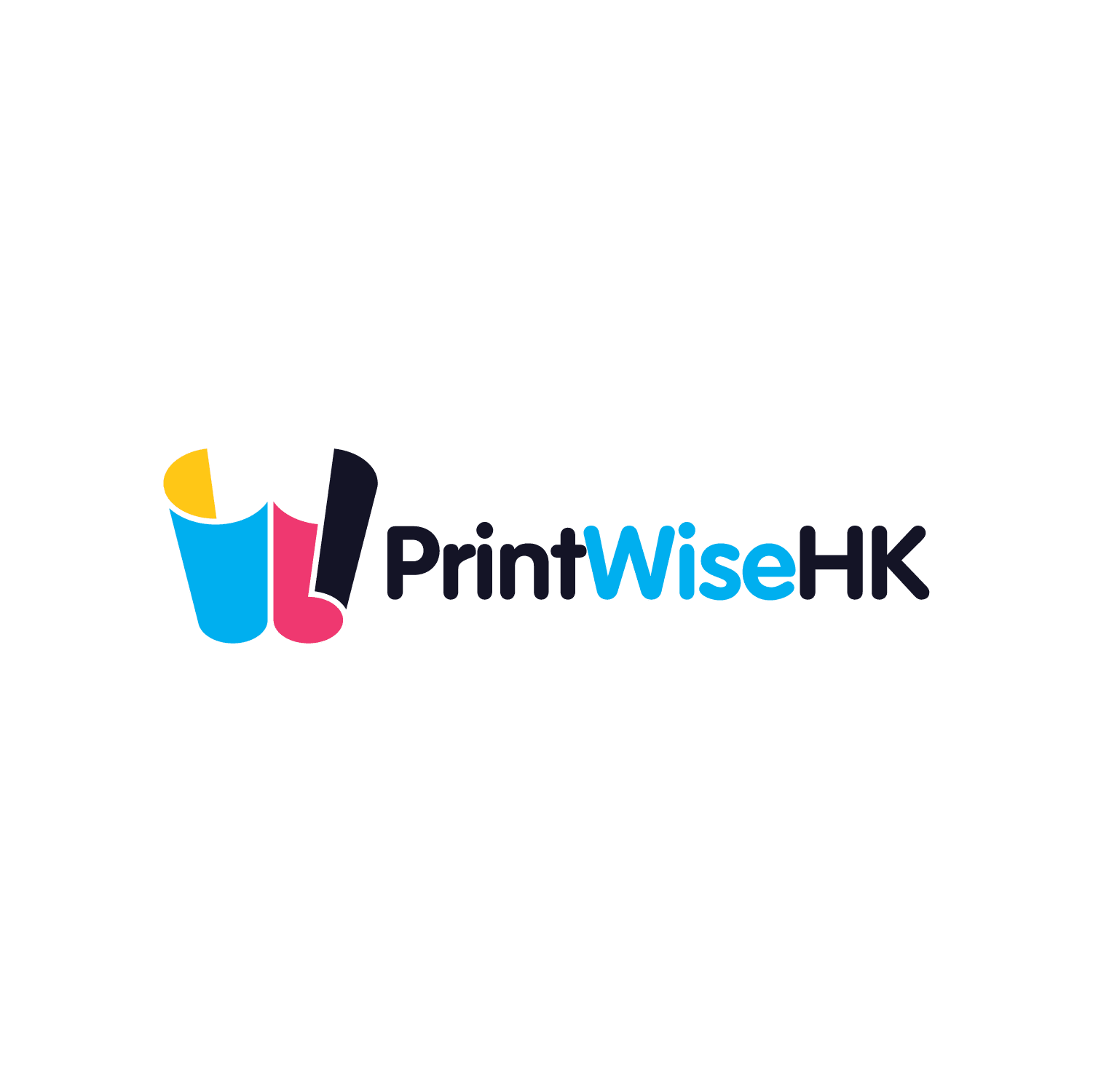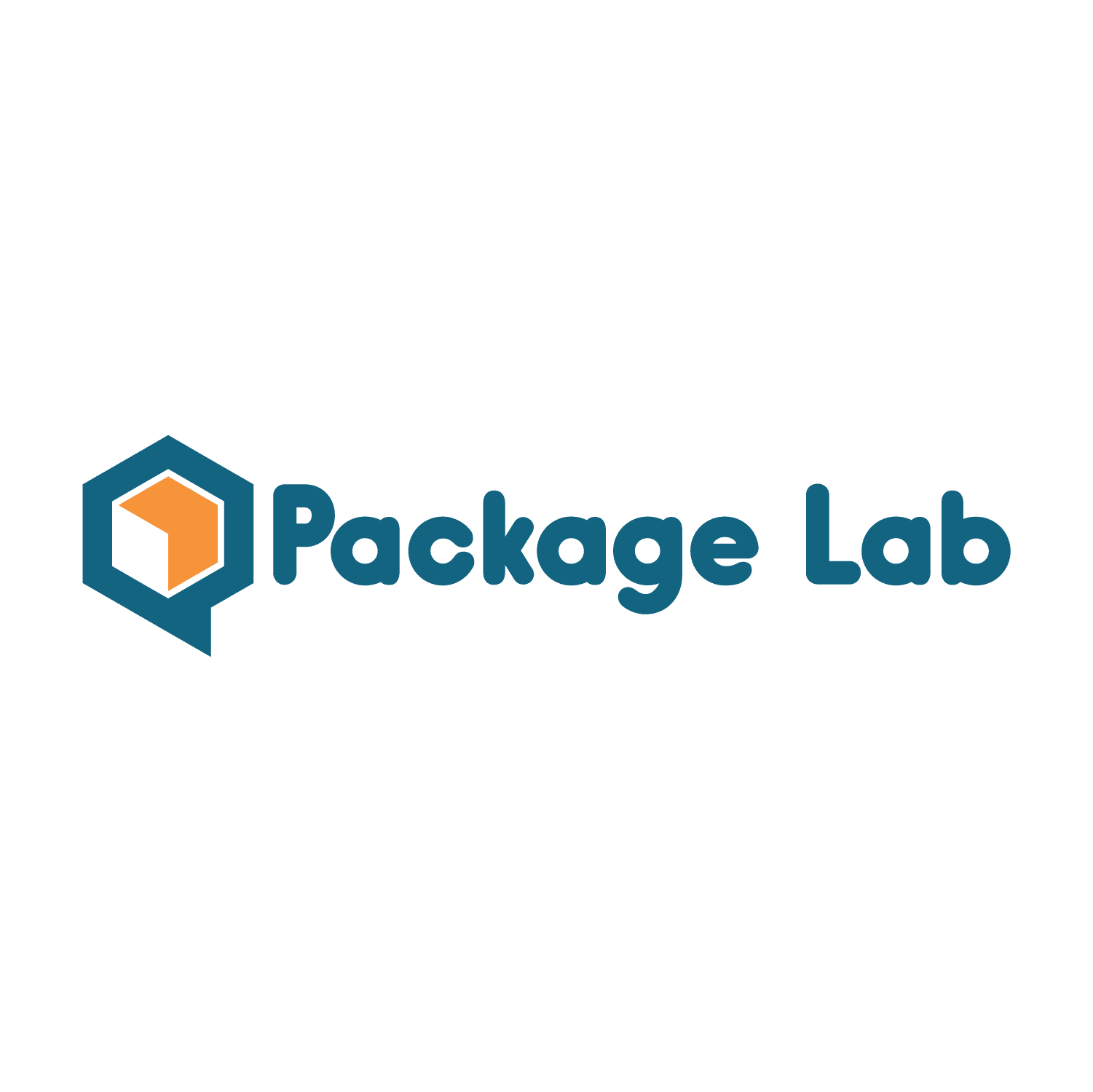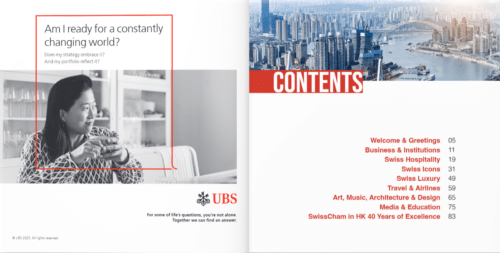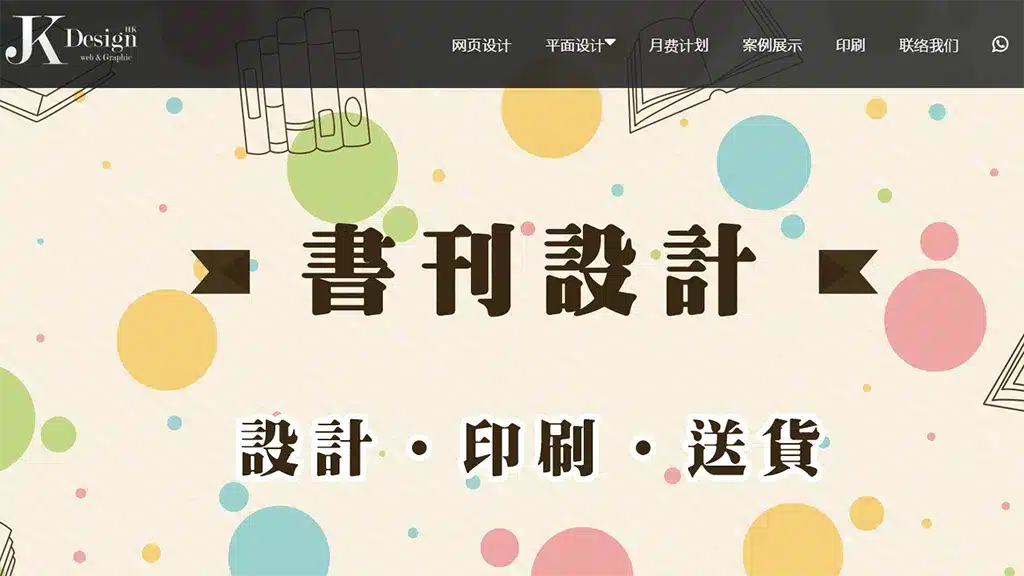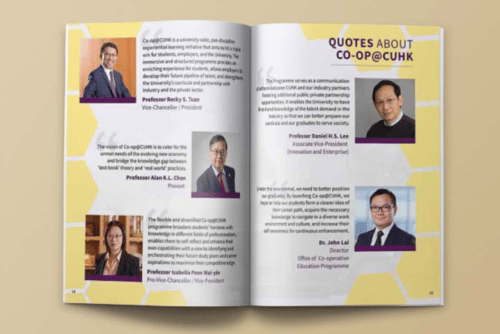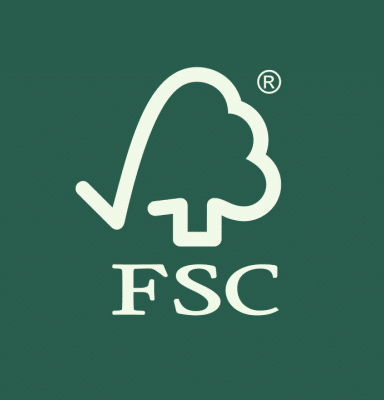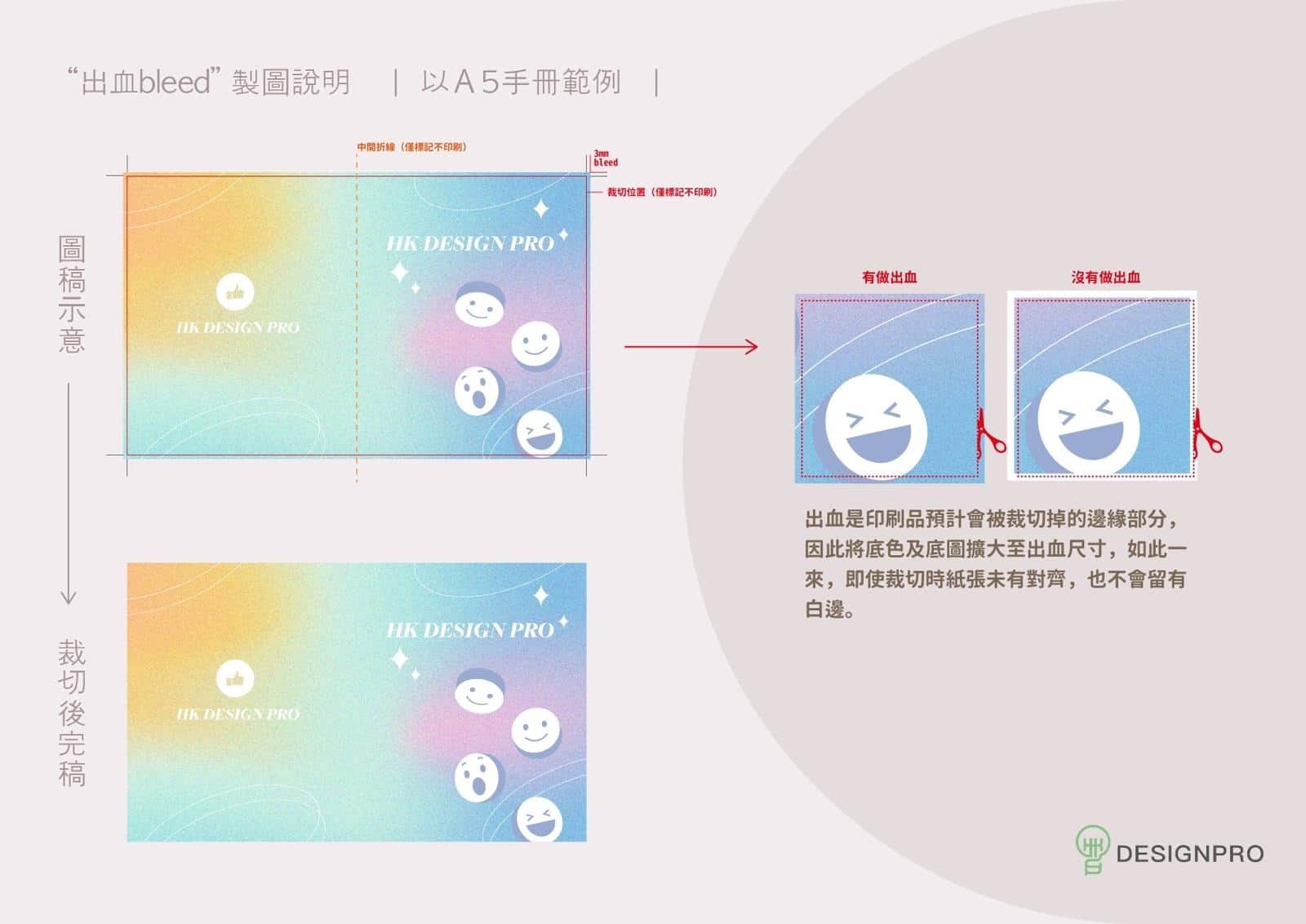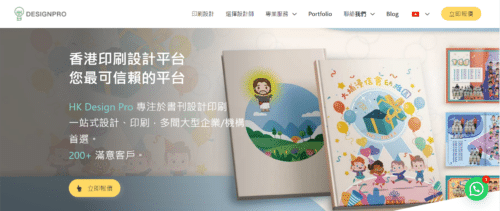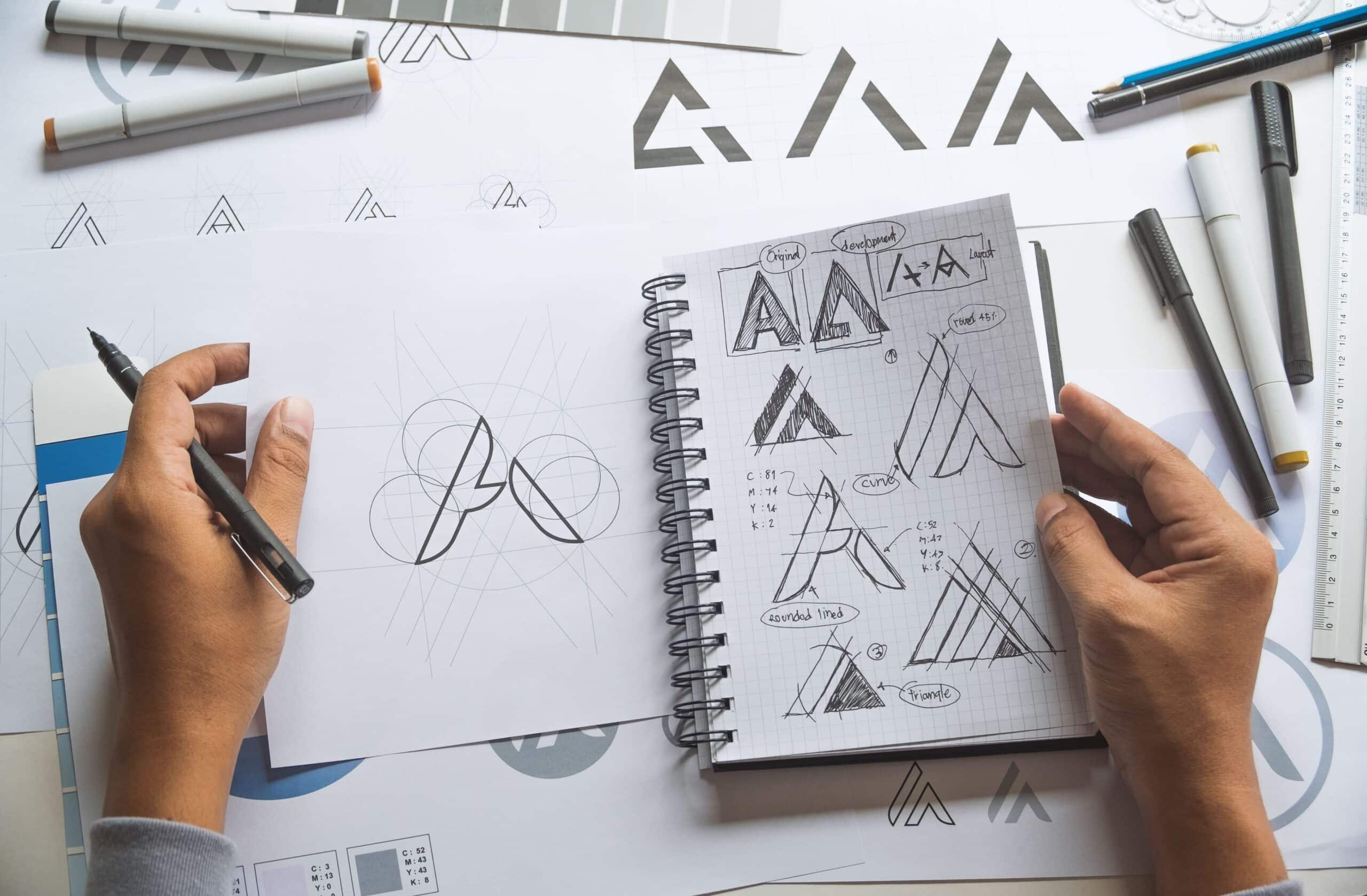hardcoverFor enterprises, it is a reference for the consideration of enterprise strength, and it is also one of the important marketing tools for enterprises. Enterprises have very high standards and strict requirements for the production of hardcover book printing. Beautiful hardcover books are a top priority, especially the design of the hardcover cover printing. Because it is related to many factors such as whether the hardcover book can be recognized by customers, whether it can gain a firm foothold in the market, and whether it can achieve good sales performance in the end, the cover design of the hardcover book is particularly important.
The process of hardcover book printing is divided into many types, and the following will introduce them to you one by one.
1. Cover printing–hot stamping/silvering
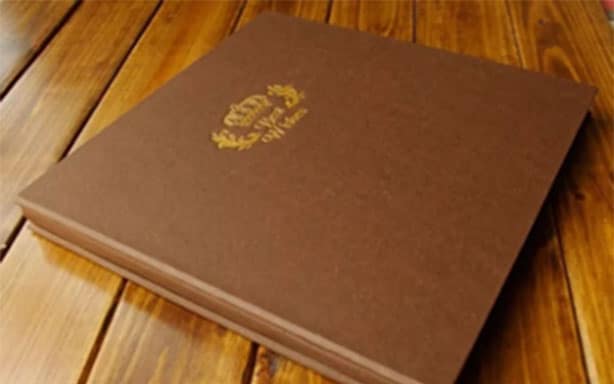
Definition: Thermal transfer printing, referred to as thermal pad printing, commonly known as bronzing and silver bronzing. This is a method of hot stamping silver metal foil on a print with the help of certain pressure and temperature. It has cold pad printing.
Features: With metallic luster, it is splendid, making the printed picture have a strong contrast. Scope of application: suitable for prominent word marks, mainly used for samples, greeting cards, invitations, wall calendars, desk calendars, etc.
Note: Combined with the embossing process, the effect is remarkable; in addition to gold and silver, available colors include colored gold, laser, spot colors, etc.
2. UV glazing


UV is usually a screen printing process, and now there is also offset UV.
Definition: A special process for curing UV photoresist all over or partially on the surface of the printed matter
Features: A variety of artistic special effects can be presented on the surface of the printed matter, making the printed matter more exquisite
Type: thick UV, frosted UV, colorful UV, glass beads, sprinkled colorful powder, etc.
Scope of application: book mounting, envelopes, covers, desk calendars, high-end packaging, handbags, etc.
Note: If you use UV on the film, you need to use a special UV film, otherwise the UV is easy to fall off, its bubbles, and the glue is opened. It is better to cooperate with special processes such as bulging and bronzing.
3. Embossing
(1) Indentation
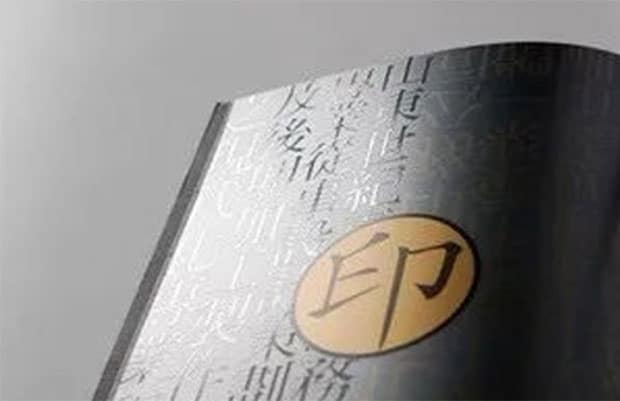
Definition: Use the concave template (yin template) to emboss the surface of the printed matter into a relief-like pattern with a concave sense through the action of pressure (the printed matter is partially concave, making it three-dimensional and causing visual impact.) It is called embossing.
Features: can increase the three-dimensional sense
Scope of application: suitable for paper above 200g, high gram weight special paper with obvious mechanism sense
Note: It is better to cooperate with bronzing, partial UV and other processes. If the concave template is heated and applied to special hot-melt paper, an extraordinary artistic effect will be achieved.
(2) Raised
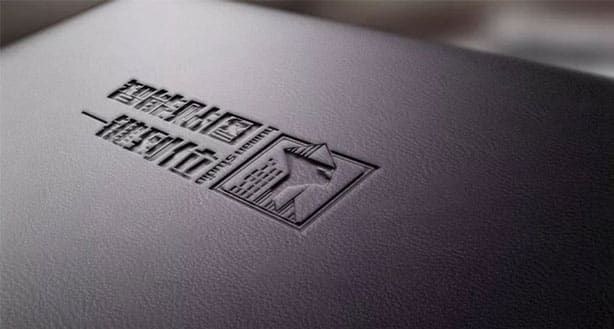
Definition: Using the convex template (positive template) to press the surface of the printed matter into a three-dimensional relief-like pattern (the printed matter is partially raised, making it three-dimensional and causing visual impact.) It is called convexity;
Features: can increase the three-dimensional sense
Scope of application: suitable for paper above 200g, high gram weight special paper with obvious mechanism sense
Note: With bronzing, partial UV and other processes, the effect is better.
3. Embossing
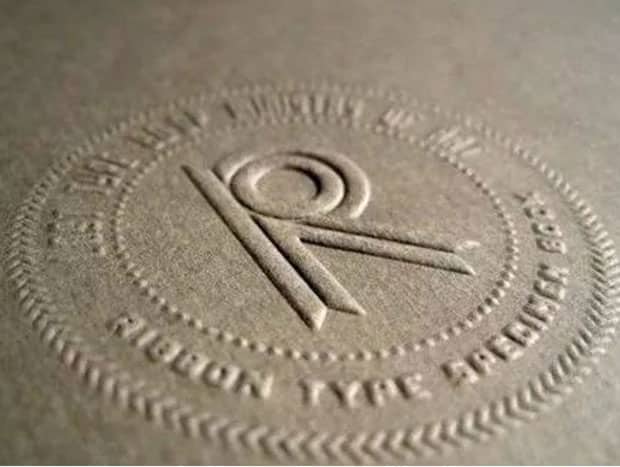
Definition: After pressing with a metal roller with engraved texture, a full version of the texture is left on the surface of the paper
Features: Use ordinary coated paper to achieve the effect of special textured paper, with strong decoration and unique style.
Types: fantasy stone, pearl, coarse cloth, muslin, crescent, golden sand, felt, leather, pear, colorful, striped, gold thread, laini, pottery, weaving, gold leaf Patterns, bamboo silk patterns, etc., the number is large, the space is limited, the above are commonly used textures
Scope of application: book mounting, envelopes, covers, desk calendars, high-end packaging, handbags, etc.
4. Lamination
Definition: The processing technology of covering the surface of the printed matter with a plastic film, and using an adhesive to bond it together after heating and pressing to form a printed matter that combines paper and plastic. (cover a thin polyethylene film on the surface of the print)
Classification: Two kinds of laminated beam splitting film and dumb film
Features: The product with glossy film has a bright surface and strong expressiveness, and is mostly used for product prints; the surface of the product covered with matte film is non-reflective and elegant, and is mostly used for image prints
Scope of application: For paper above 200g, if there is a crease in the solid color part, the lamination process must be used
Note: Paper under 128 grams is easily rolled due to the difference in surface tension on both sides after one-sided lamination; the color saturation of the printed matter will decrease slightly after lamination with matte film.
5. Die cutting
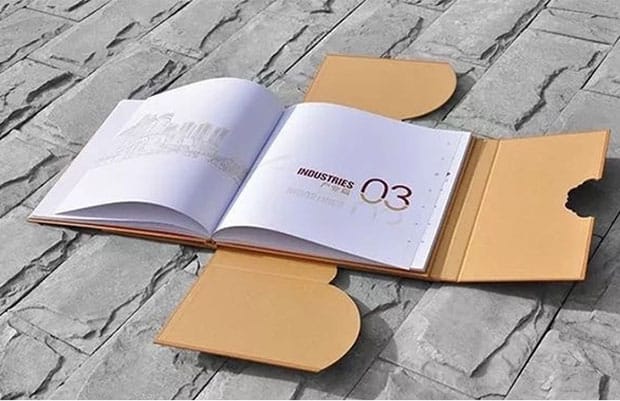
Definition: The process of using steel knives and steel wires to form a template, and processing the printed matter into the required shape under pressure.
Features: It can produce special shapes and enhance expressiveness.
Scope of application: It is suitable for products with more than 157g of paper as raw materials, such as stickers, trademarks, gift boxes, related printed artworks, etc.
Note: Try to avoid patterns and lines that are close to the tangent line, as it is easy to exaggerate the tangent error.
6. Surface frosted
Using the external force, the surface of the printed product is deformed by rolling to obtain uniform concave and convex burlap points with a three-dimensional effect. This process is often applied in conjunction with hot stamping
If you would like to discuss your card needs with us, please contact us at [email protected].
Tel: +852 67552667
e-mail:[email protected]
URL:https://hkdesignpro.com



